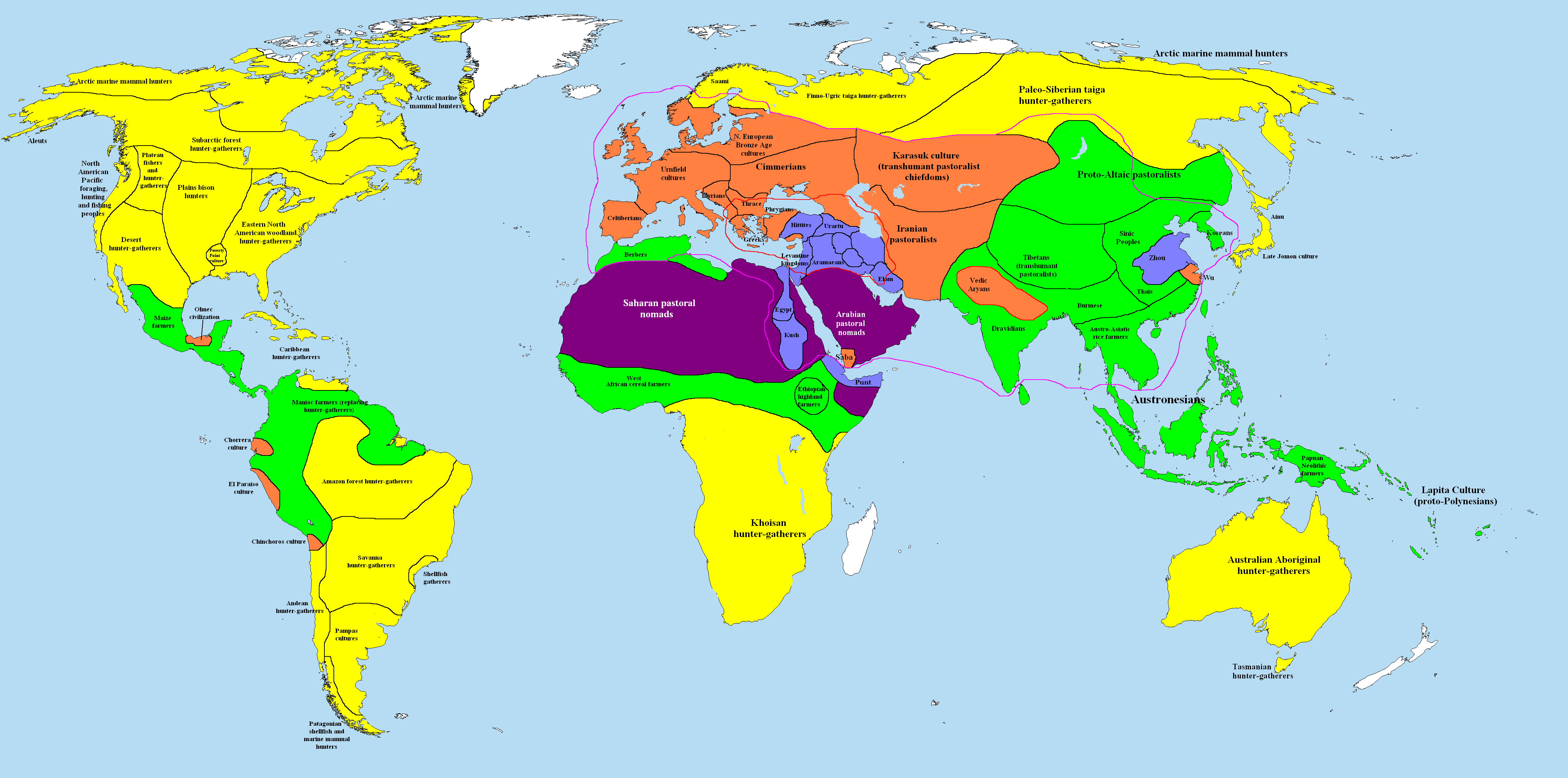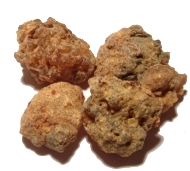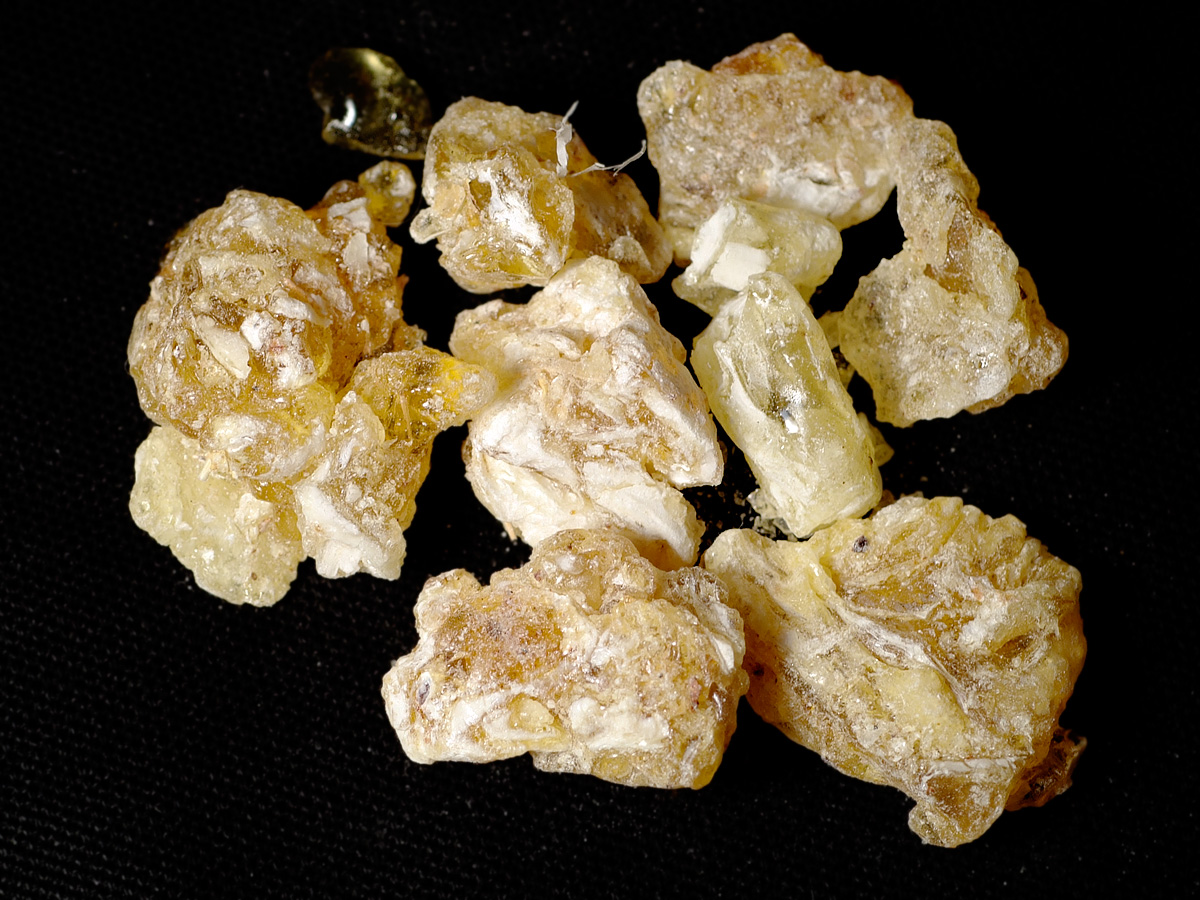|
Ma'in
The Minaean people were the inhabitants of the kingdom of Ma'in ( Minaean: ''Maʿīn''; modern Arabic ''Maʿīn'') in modern-day Yemen, dating back to the 10th century BCE-150 BCE. It was located along the strip of desert called Ṣayhad by medieval Arab geographers, which is now known as Ramlat Dehem. The Minaean people were one of four ancient Yemeni groups mentioned by Eratosthenes. The others were the Sabaeans, Ḥaḑramites and Qatabānians. Each of these had regional kingdoms in ancient Yemen, with the Minaeans in the north-west (in Wādī al-Jawf), the Sabaeans to the south-east of them, the Qatabānians to the south-east of the Sabaeans, and the Ḥaḑramites further east still. History Nothing is known about the early history of this north Yemeni kingdom. The region later to be known as Ma’īn first enters history at the time of the Sabaean mukarrib Karib’il Watar I, and at that time consisted of a number of small city-states, which were under very str ... [...More Info...] [...Related Items...] OR: [Wikipedia] [Google] [Baidu] |
Ancient History Of Yemen
The ancient history of Yemen (South Arabia) is especially important because Yemen is one of the oldest centers of civilization in the Near East. Its relatively fertile land and adequate rainfall in a moister climate helped sustain a stable population, a feature recognized by the ancient Greek geographer Ptolemy, who described Yemen as ''Eudaimon Arabia'' (better known in its Latin translation, ''Arabia Felix'') meaning ''Fortunate Arabia'' or ''Happy Arabia''. Between the eighth century BCE and the sixth century CE, it was dominated by six main states which rivaled each other, or were allied with each other and controlled the lucrative spice trade: Saba', Ma'īn, Qatabān, Hadhramaut, Kingdom of Awsan, and the Himyarite Kingdom. Islam arrived in 630 CE and Yemen became part of the Muslim realm. The centers of the Old South Arabian kingdoms of present-day Yemen lay around the desert area called Ramlat al-Sab'atayn, known to medieval Arab geographers as Ṣayhad. The southern ... [...More Info...] [...Related Items...] OR: [Wikipedia] [Google] [Baidu] |
Yemen
Yemen (; ar, ٱلْيَمَن, al-Yaman), officially the Republic of Yemen,, ) is a country in Western Asia. It is situated on the southern end of the Arabian Peninsula, and borders Saudi Arabia to the north and Oman to the northeast and shares maritime borders with Eritrea, Djibouti, and Somalia. Yemen is the second-largest Arab sovereign state in the peninsula, occupying , with a coastline stretching about . Its constitutionally stated capital, and largest city, is Sanaa. As of 2021, Yemen has an estimated population of some 30.4 million. In ancient times, Yemen was the home of the Sabaeans, a trading state that included parts of modern-day Ethiopia and Eritrea. Later in 275 AD, the Himyarite Kingdom was influenced by Judaism. Christianity arrived in the fourth century. Islam spread quickly in the seventh century and Yemenite troops were crucial in the early Islamic conquests. Several dynasties emerged in the 9th to 16th centuries, such as the Rasulid dynasty. T ... [...More Info...] [...Related Items...] OR: [Wikipedia] [Google] [Baidu] |
Religion In Pre-Islamic Arabia
Religion in pre-Islamic Arabia included indigenous Arabian polytheism, ancient Semitic religions, Christianity, Judaism, Mandaeism, and Iranian religions such as Zoroastrianism, and Manichaeism, and rarely Buddhism. Arabian polytheism, the dominant form of religion in pre-Islamic Arabia, was based on veneration of deities and spirits. Worship was directed to various gods and goddesses, including Hubal and the goddesses al-Lāt, al-‘Uzzā, and Manāt, at local shrines and temples such as the Kaaba in Mecca. Deities were venerated and invoked through a variety of rituals, including pilgrimages and divination, as well as ritual sacrifice. Different theories have been proposed regarding the role of Allah in Meccan religion. Many of the physical descriptions of the pre-Islamic gods are traced to idols, especially near the Kaaba, which is said to have contained up to 360 of them. Other religions were represented to varying, lesser degrees. The influence of the adjacent ... [...More Info...] [...Related Items...] OR: [Wikipedia] [Google] [Baidu] |
Haram (Yemen)
Haram (; Old South Arabian 𐩠𐩧𐩣 ''hrm-m'', with mimation ''Haramum'') (known today as Kharibat Hamdān and Kharibat ʾl ʿAlī) is an ancient city in the north of al-Jawf in modern-day Yemen, at about 1100 metres above sea level. It is bordered by the Yemen Highlands to the north, in the west by the ancient Kaminahu (present day Kamna), in the east by the ancient Qarnāwu (modern Ma'īn), and in the south by the Ghayl, otherwise known as the village of al-Ḥazm. History In early times Haram was an independent political entity, which by the early 7th century BC was a vassal of the Kingdom of Saba' to the south and of its ruler Karab El Watar. During the war of Saba' against Awsān and the city states of Nashan and Nashaq, the Haramite king Yadhmurmalik supported Saba' with an army under the leadership of one General Hanba from the clan of Naʿman. Walter W. Müller (Hrsg.) / Hermann von Wissmann: ''Die Geschichte von Sabaʾ II. Das Grossreich der Sabäer bis ... [...More Info...] [...Related Items...] OR: [Wikipedia] [Google] [Baidu] |
Qarnawu
Qarnāwu ( Old South Arabic ''qrnw'', reconstructed ''Qarnāwu'', Ancient Greek Κάρνα ''Kárna'') is the name of an ancient city situated in present day Jawf in the north of Yemen, near the modern city of Ma'īn (Arabic معين). Qarnāwu was presumably founded at the time the Minaean Kingdom appeared in about 500 BCE; after the end of Sabaean rule over Ma’in in about 400 BCE Qarnāwu became the capital of Ma'īn for a time. Qarnāwu was set on a mound, about 10 meters in height and had a rectangular layout each side of which measured about 350 × 240 meters; it was traversed by an absolutely straight main street, leading from the west to the east gate. The interior was carefully planned. At the end of the Minaean Kingdom in the 1st century BCE, Qarnāwu lost its importance, and was probably abandoned not long after. See also * Minaeans * Minaean Language * Ancient History of Yemen The ancient history of Yemen (South Arabia) is especially important because Yemen i ... [...More Info...] [...Related Items...] OR: [Wikipedia] [Google] [Baidu] |
10th Century BC
The 10th century BC comprises the years from 1000 BC to 901 BC. This period followed the Late Bronze Age collapse in the Near East, and the century saw the Early Iron Age take hold there. The Greek Dark Ages which had come about in 1200 BC continued. The Neo-Assyrian Empire is established towards the end of the 10th century BC. In the Iron Age in India, the Vedic period is ongoing. In China, the Zhou dynasty is in power. Bronze Age Europe continued with Urnfield culture. Japan was inhabited by an evolving hunter-gatherer society during the Jōmon period. The world in the 10th century BC Events * 1000 BC: India— Iron Age of India. Indian kingdoms rule India— Panchala, Kuru, Kosala, Pandya kingdom and Videha * 1000 BC: The Sa Huỳnh culture started in central and southern Vietnam. * 993 BC: Amenemope succeeds Psusennes I as king of Egypt. * 993 BC: Archippus, King of Athens dies after a reign of 19 years and is succeeded by his son Thersippus. * 984 BC: Osorko ... [...More Info...] [...Related Items...] OR: [Wikipedia] [Google] [Baidu] |
Najran
Najran ( ar, نجران '), is a city in southwestern Saudi Arabia near the border with Yemen. It is the capital of Najran Province. Designated as a new town, Najran is one of the fastest-growing cities in the kingdom; its population has risen from 47,500 in 1974 and 90,983 in 1992 to 246,880 in 2004 and 505,652 in 2017. The population mostly originates from the ancient tribes of Yām, Mákram, and Hamdan. Najranis are Muslims, with Shia, Ismaili forming the plurality of the religious adherents. Hanbali, Shafi'i, and Maliki Sunnis form the second-largest religious group in the city, while the Zaydi Shia form the smallest religious group. The Arabic term ' has at least two meanings: both the wooden frame on which a door opens and also 'thirsty'. Local tradition also has it that the land derived its name from the first man to settle in the area, Najran ibn Zaydan ibn Saba ibn Yahjub ibn Yarub ibn Qahtan. Najran was the Yemeni centre of cloth making and originally, the ''ki ... [...More Info...] [...Related Items...] OR: [Wikipedia] [Google] [Baidu] |
Gaza City
Gaza (;''The New Oxford Dictionary of English'' (1998), , p. 761 "Gaza Strip /'gɑːzə/ a strip of territory in Palestine, on the SE Mediterranean coast including the town of Gaza...". ar, غَزَّة ', ), also referred to as Gaza City, is a Palestinian city in the Gaza Strip, with a population of 590,481 (in 2017), making it the largest city in the State of Palestine. Inhabited since at least the 15th century BCE, Gaza has been dominated by several different peoples and empires throughout its history. The Philistines made it a part of their pentapolis after the Ancient Egyptians had ruled it for nearly 350 years. Under the Roman Empire Gaza experienced relative peace and its port flourished. In 635 CE, it became the first city in Palestine to be conquered by the Muslim Rashidun army and quickly developed into a center of Islamic law. However, by the time the Crusaders invaded the country starting in 1099, Gaza was in ruins. In later centuries, Gaza experienced sever ... [...More Info...] [...Related Items...] OR: [Wikipedia] [Google] [Baidu] |
Medina
Medina,, ', "the radiant city"; or , ', (), "the city" officially Al Madinah Al Munawwarah (, , Turkish: Medine-i Münevvere) and also commonly simplified as Madīnah or Madinah (, ), is the second-holiest city in Islam, and the capital of the Medina Province of Saudi Arabia. , the estimated population of the city is 1,488,782, making it the fourth-most populous city in the country. Located at the core of the Medina Province in the western reaches of the country, the city is distributed over , of which constitutes the city's urban area, while the rest is occupied by the Hejaz Mountains, empty valleys, agricultural spaces and older dormant volcanoes. Medina is generally considered to be the "cradle of Islamic culture and civilization". The city is considered to be the second-holiest of three key cities in Islamic tradition, with Mecca and Jerusalem serving as the holiest and third-holiest cities respectively. ''Al-Masjid al-Nabawi'' () is of exceptional importance in Isla ... [...More Info...] [...Related Items...] OR: [Wikipedia] [Google] [Baidu] |
Myrrh
Myrrh (; from Semitic, but see '' § Etymology'') is a gum-resin extracted from a number of small, thorny tree species of the genus '' Commiphora''. Myrrh resin has been used throughout history as a perfume, incense and medicine. Myrrh mixed with posca or wine was common across ancient cultures, for general pleasure, and as an analgesic. Extraction and production When a wound on a tree penetrates through the bark and into the sapwood, the tree secretes a resin. Myrrh gum, like frankincense, is such a resin. Myrrh is harvested by repeatedly wounding the trees to bleed the gum, which is waxy and coagulates quickly. After the harvest, the gum becomes hard and glossy. The gum is yellowish and may be either clear or opaque. It darkens deeply as it ages, and white streaks emerge. Myrrh gum is commonly harvested from the species ''Commiphora myrrha''. Another commonly used name, ''Commiphora molmol'', is now considered a synonym of ''Commiphora myrrha''. ''Commiphora myrrha'' ... [...More Info...] [...Related Items...] OR: [Wikipedia] [Google] [Baidu] |
Frankincense
Frankincense (also known as olibanum) is an aromatic resin used in incense and perfumes, obtained from trees of the genus '' Boswellia'' in the family Burseraceae. The word is from Old French ('high-quality incense'). There are several species of ''Boswellia'' that produce true frankincense: '' Boswellia sacra'' (syn. ''B. bhaw-dajiana'', syn. ''B. carteri''), '' B. frereana'', '' B. serrata'' (''B. thurifera'', Indian frankincense), and '' B. papyrifera''. Resin from each is available in various grades, which depend on the time of harvesting. The resin is hand-sorted for quality. Etymology and other names The English word ''frankincense'' derives from the Old French expression , meaning 'high-quality incense'. The word in Old French meant 'noble, pure'. Although named ''frank''incense, the name is not referring to the Franks. The name of frankincense in Koine Greek (the language of the New Testament): grc-koi, λίβανος, translit=líbanos, label=none (or grc-ko ... [...More Info...] [...Related Items...] OR: [Wikipedia] [Google] [Baidu] |





